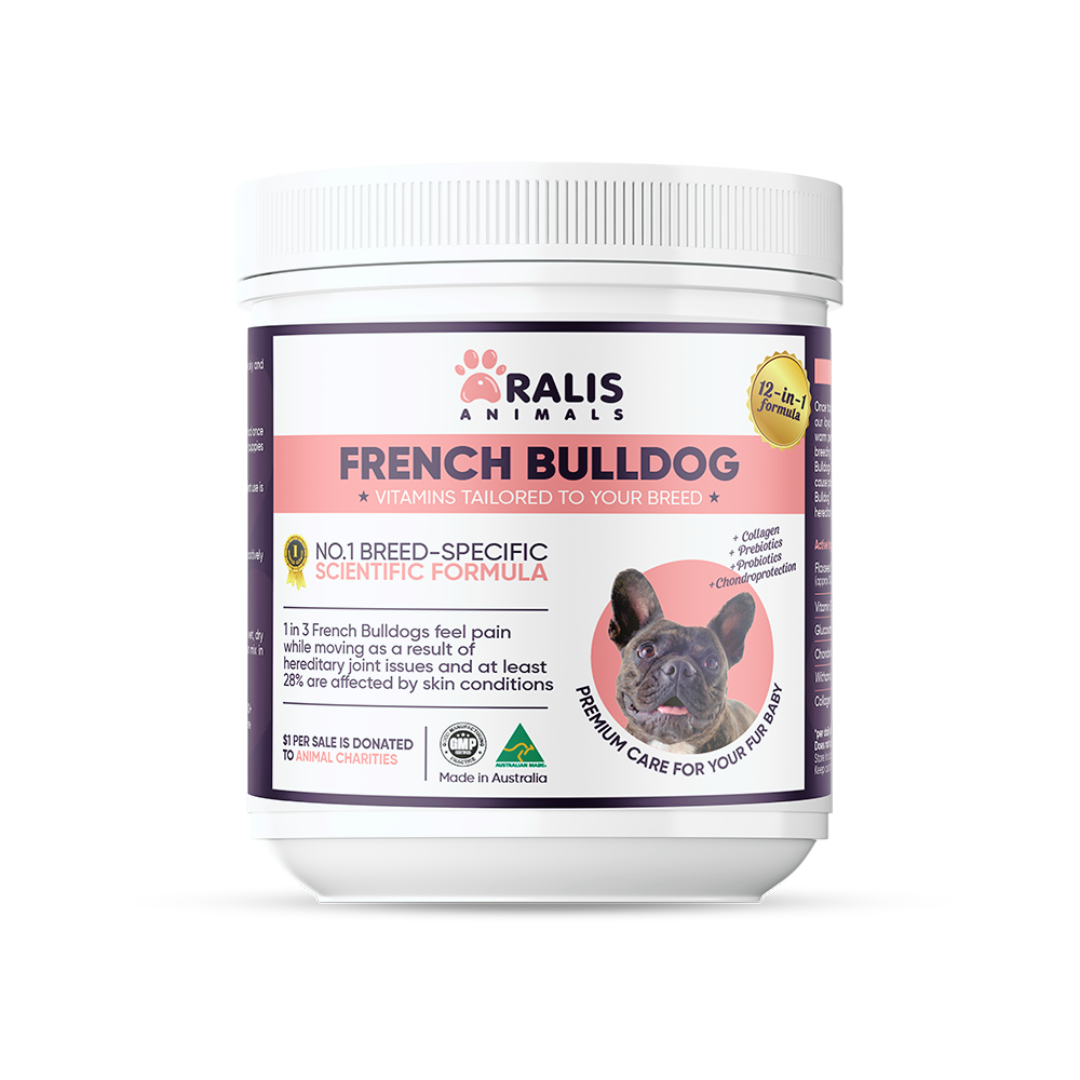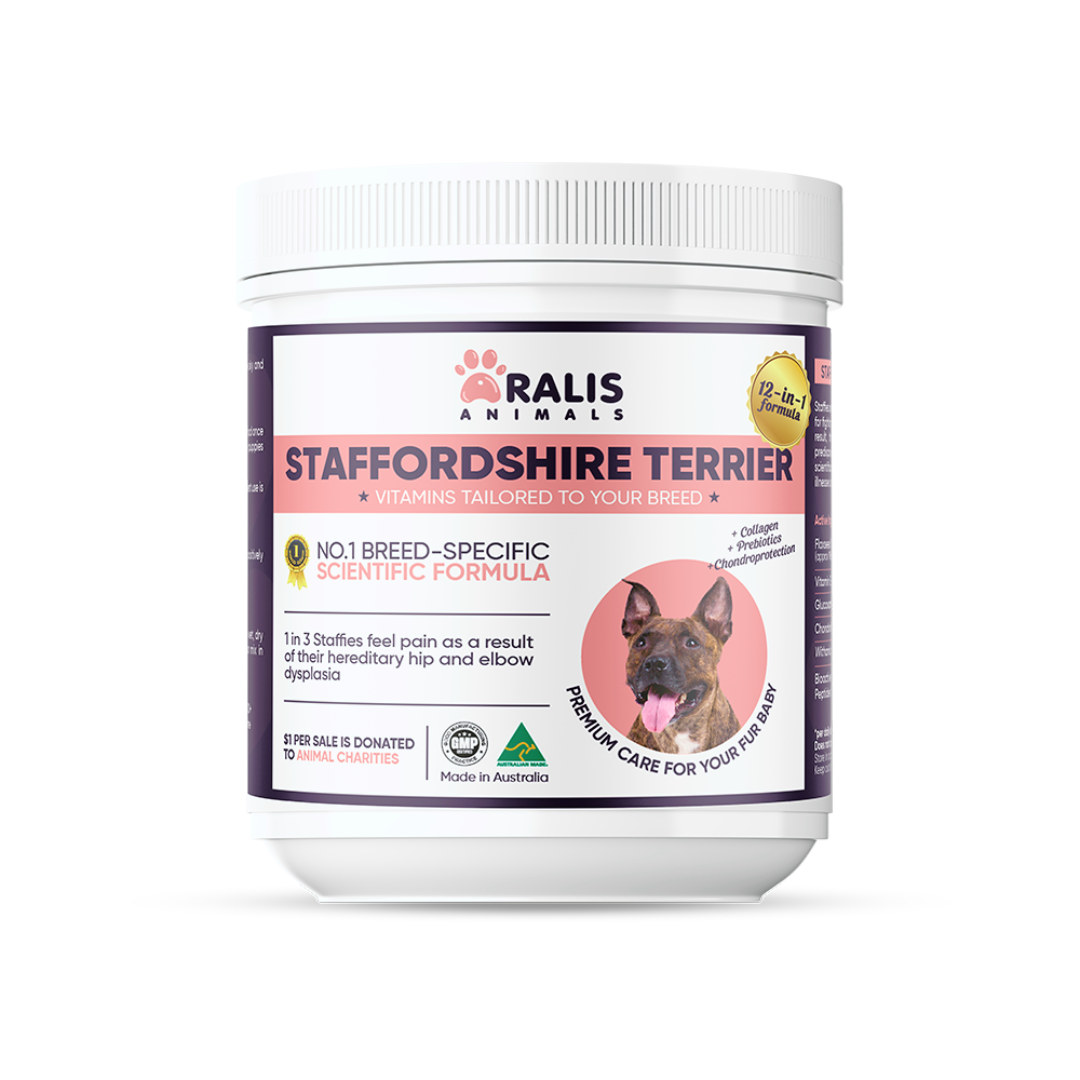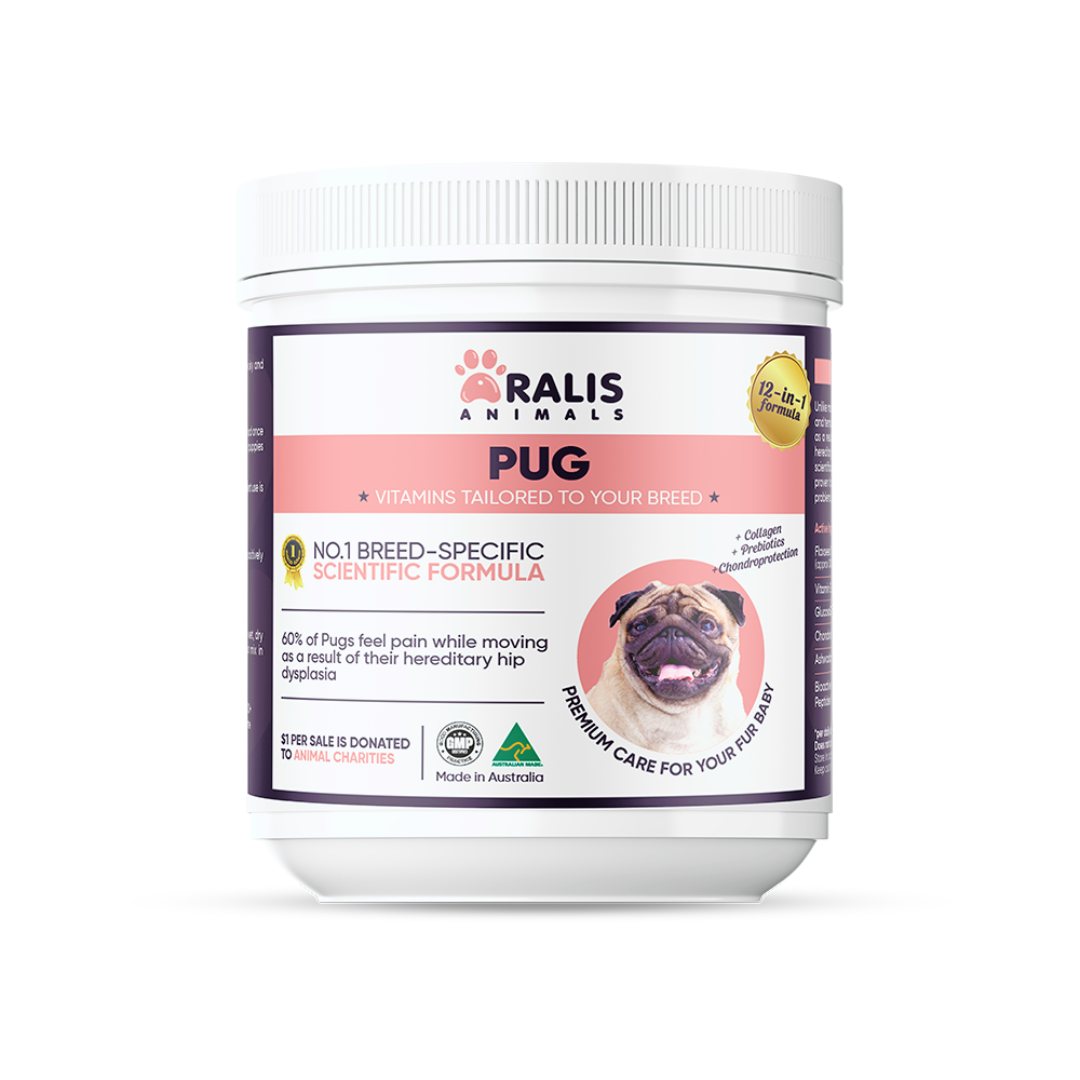5 Signs Your Dog May Have a Joint Problem (And What to Do About It)

As pet owners, we want nothing more than to see our furry companions happy, healthy, and full of energy. However, joint problems can be a common issue for many dogs, causing pain, discomfort, and a decrease in their quality of life. Recognizing the early signs of joint problems is crucial, as it allows us to take proactive steps to address the issue and ensure our beloved pets receive the care they need.
In this blog post, we'll explore the top 5 signs that your dog may be experiencing joint problems, and provide guidance on what you can do to help.
Sign 1: Limping or Favoring a Leg
One of the most obvious signs of a joint problem in dogs is limping or favoring a particular leg. This can manifest as a noticeable limp, or a subtle shift in weight distribution as your dog walks or runs. Limping can be caused by a variety of joint-related issues, such as arthritis, hip or elbow dysplasia, or even an injury.
If you notice your dog limping, it's important to pay attention to the pattern and severity of the limp. Is it constant, or does it come and go? Does it seem to worsen with activity or after rest? Monitoring these details can help your veterinarian pinpoint the underlying cause and develop an appropriate treatment plan.
Sign 2: Difficulty Getting Up or Lying Down
Another common sign of joint problems in dogs is difficulty getting up from a lying position or settling down to rest. You may notice your dog hesitating or struggling to transition between standing and sitting or lying down. This can be an indication of stiffness or pain in the joints, particularly in the hips and knees.
If your dog seems to have a hard time getting comfortable or changing positions, it's a good idea to have them evaluated by a veterinarian. They can assess the range of motion in your dog's joints and determine if any underlying issues are contributing to the difficulty.
Sign 3: Reluctance to Exercise or Play
A sudden decrease in your dog's activity level or enthusiasm for exercise and playtime can also be a sign of joint problems. If your normally energetic and playful pup seems to be avoiding or limiting their physical activity, it could be a sign that they're experiencing discomfort or pain in their joints.
It's important to note that a decrease in activity can also be a result of other health issues, such as obesity or underlying medical conditions. However, if the change in behavior is accompanied by other signs on this list, it's worth discussing with your veterinarian.
Sign 4: Visible Swelling or Heat in Joints
Inflammation in the joints can be a clear indicator of a joint problem in dogs. Look for visible swelling or warmth in your dog's joints, particularly in the hips, knees, or elbows. This can be a sign of arthritis, joint injury, or other underlying conditions.
If you notice any swelling or heat in your dog's joints, it's important to have them examined by a veterinarian as soon as possible. Prompt treatment can help reduce inflammation and prevent further damage to the affected joint.
Sign 5: Licking or Chewing at Joints
Dogs have a natural instinct to lick or chew at areas of discomfort or pain, and this behavior can be a sign of joint problems. If you notice your dog repeatedly licking or chewing at a particular joint, it could be an indication of inflammation, stiffness, or other joint-related issues.
While this behavior can also be a sign of skin irritation or other non-joint-related problems, it's still important to have your veterinarian examine your dog to determine the underlying cause and provide appropriate treatment.
What to Do If You Notice These Signs
If you notice any of these signs in your dog, it's important to schedule an appointment with your veterinarian as soon as possible. They will be able to perform a thorough physical examination, and may recommend additional diagnostic tests, such as X-rays or joint fluid analysis, to determine the underlying cause of the joint problem.
Once the issue has been identified, your veterinarian can work with you to develop a comprehensive treatment plan. This may include medications to reduce inflammation and pain, as well as lifestyle changes, such as weight management and low-impact exercise, to help alleviate the strain on your dog's joints.
In some cases, your veterinarian may also recommend physical therapy or other specialized treatments to help improve your dog's mobility and overall quality of life.
Conclusion
Recognizing the early signs of joint problems in dogs is crucial for ensuring their long-term health and well-being. By being proactive and seeking veterinary care at the first signs of trouble, you can help your furry friend maintain their active, playful lifestyle and enjoy a high quality of life for years to come.
Remember, your dog's health and happiness are your top priorities, so don't hesitate to reach out to your veterinarian if you have any concerns about your pet's joint health. With the right care and support, you can help your dog overcome joint problems and continue to thrive.





